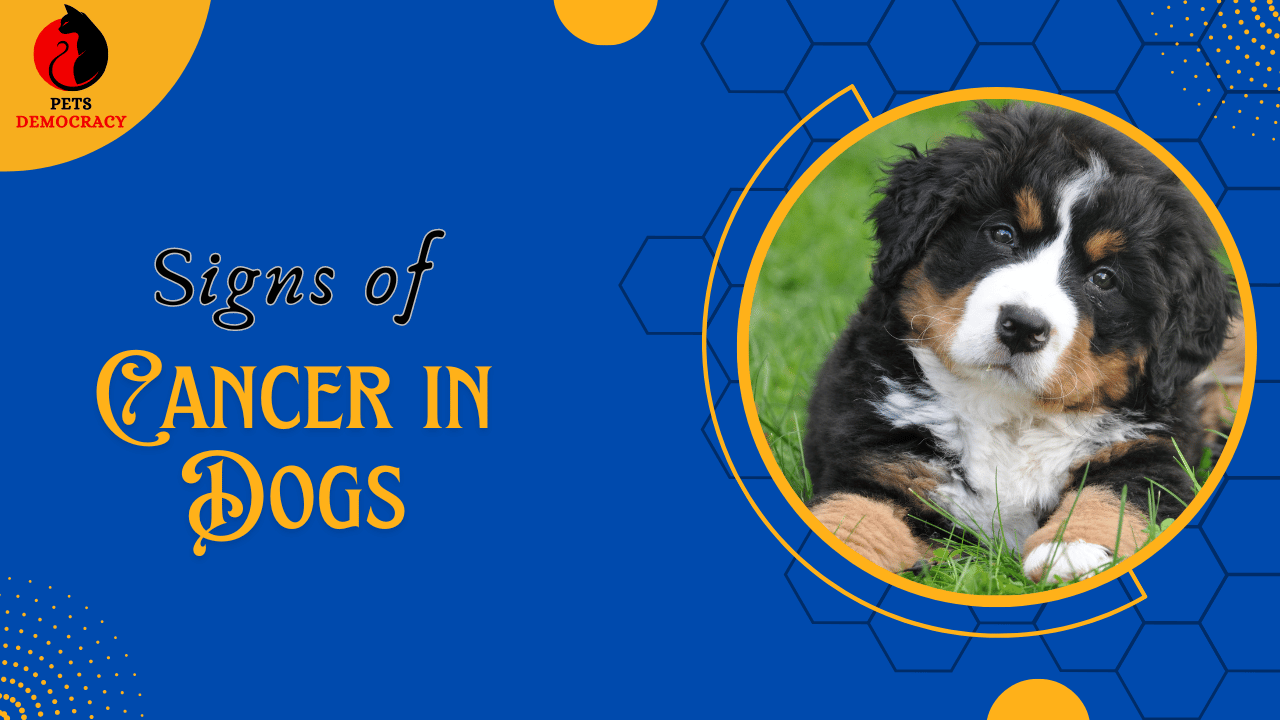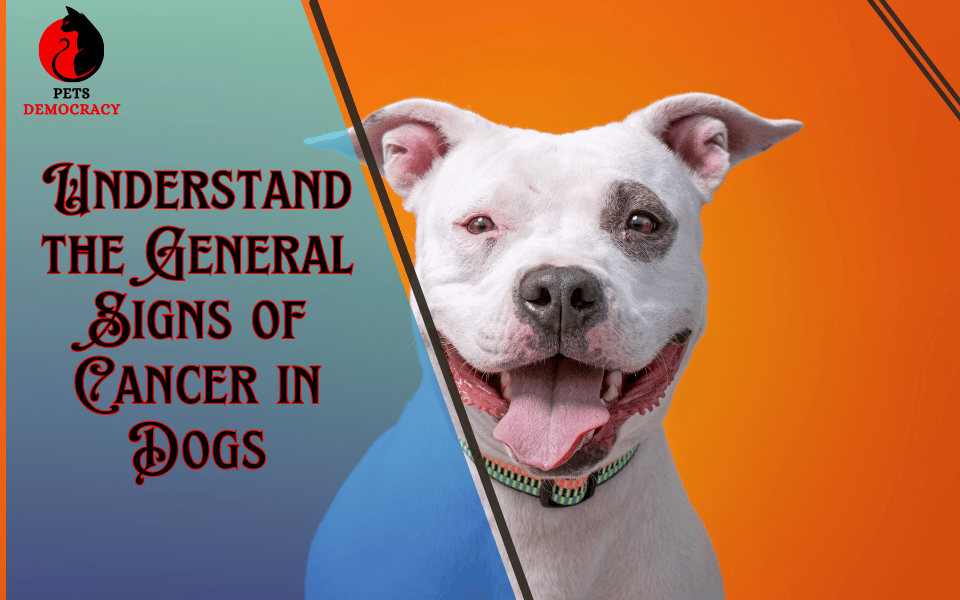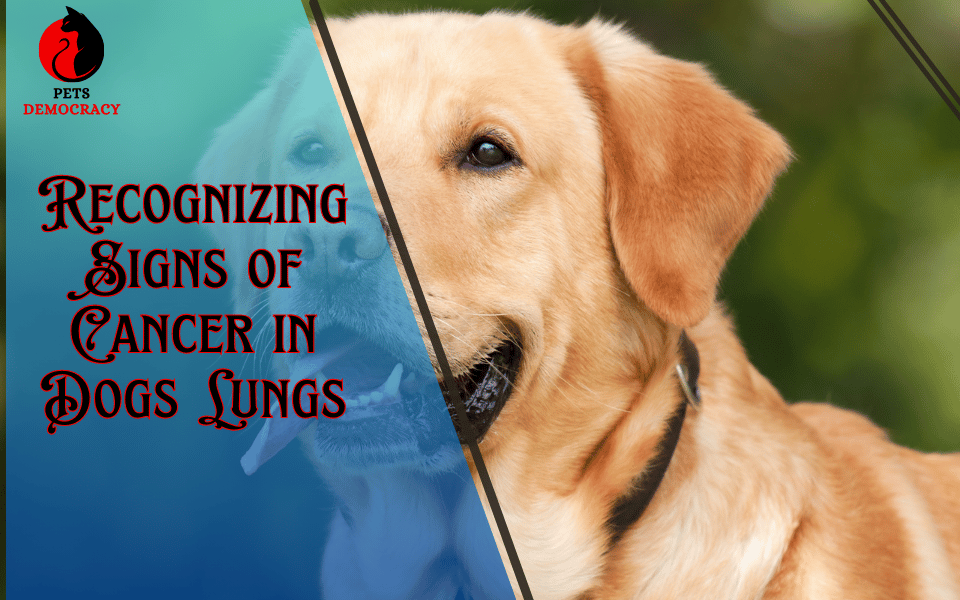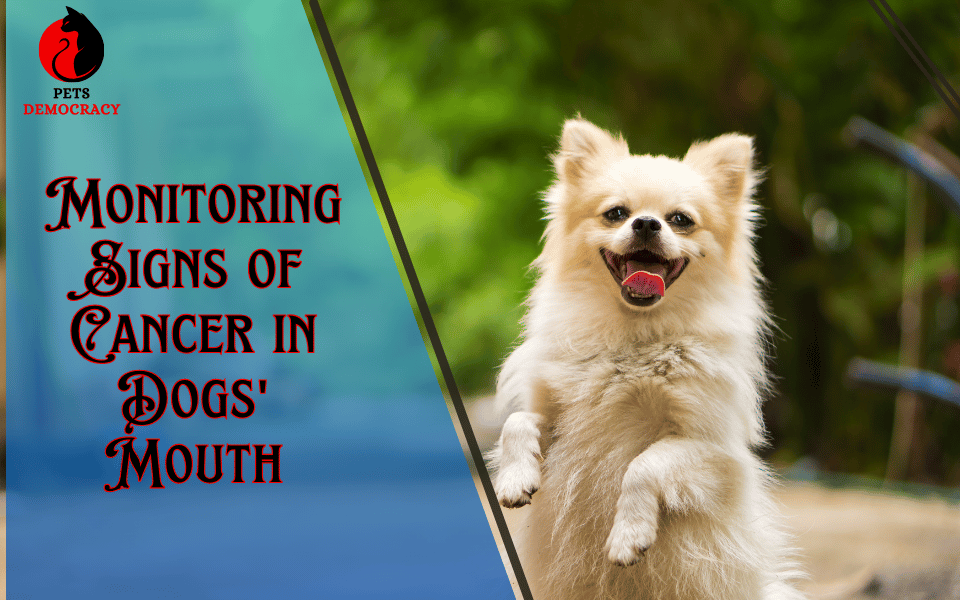
Cancer is one of the leading causes of death in dogs, but early detection can significantly improve the chances of successful treatment. Understanding the signs of cancer in dogs is crucial for every pet owner.
In this detailed guide, we will cover various signs of cancer in dogs, including specific symptoms affecting different parts of the body such as the stomach, lungs, legs, skin, mouth, eyes, and paws.
Understanding the General Signs of Cancer in Dogs

Common Signs of Cancer in Dogs
The signs of cancer in dogs can be subtle and easily mistaken for other illnesses. The following are some general symptoms to be aware of:
- Unexplained Weight Loss: Sudden and unexplained weight loss is often one of the first signs of cancer in dogs.
- Loss of Appetite: If your dog shows a lack of interest in food or has difficulty eating, it might be an indication of an underlying issue.
- Lethargy and Fatigue: A significant decrease in energy levels and increased sleeping could be signs of cancer in dogs.
- Persistent Lameness: If your dog is limping or showing signs of pain in their legs, it could be a symptom of bone cancer.
- Swelling or Lumps: Any new lumps, bumps, or swellings on your dog’s body should be checked by a veterinarian immediately.
Specific Signs of Cancer in Dogs’ Stomach
Cancer affecting the stomach can be particularly tricky to diagnose because the symptoms often resemble other gastrointestinal issues. Watch for these signs:
- Vomiting: Frequent vomiting, especially if it contains blood, can be a sign of stomach cancer in dogs.
- Diarrhea: Chronic diarrhea that doesn’t respond to treatment might indicate cancer.
- Abdominal Pain: If your dog shows signs of discomfort or pain in their abdomen, it could be a sign of cancer in the dog’s stomach.
Recognizing Signs of Cancer in Dogs’ Lungs

Symptoms of Lung Cancer in Dogs
Lung cancer in dogs, although less common, can still occur. The signs are often respiratory in nature:
- Coughing: Persistent coughing, particularly if it is dry and non-productive, can be a symptom of lung cancer.
- Breathing Difficulties: Labored or rapid breathing might indicate the presence of tumors in the lungs.
- Lethargy: As with other types of cancer, dogs with lung cancer may become lethargic and less active.
Identifying Signs of Cancer in Dogs’ Legs
Bone Cancer Symptoms in Dogs
Bone cancer, or osteosarcoma, is a common and aggressive type of cancer in dogs. Here are the key signs:
- Lameness: Sudden and persistent lameness or limping in one or more legs is a significant sign of bone cancer.
- Swelling: Visible swelling around the affected leg or joint.
- Pain: Dogs with bone cancer often show signs of pain, such as whining, yelping, or reluctance to walk.
Detecting Signs of Cancer in Dogs’ Skin
Skin Cancer Symptoms in Dogs
Skin cancer is one of the most visible types of cancer in dogs, making it easier to detect. Look for:
- Lumps and Bumps: Any new growths or changes in existing lumps should be examined.
- Sores: Non-healing sores or ulcers on the skin.
- Discoloration: Changes in the color of the skin or fur, especially around the affected area.
Observing Signs of Cancer in Dogs’ Poop
Gastrointestinal Cancer Symptoms
Changes in your dog’s poop can indicate gastrointestinal cancer. Pay attention to:
- Blood in Stool: The presence of blood in your dog’s stool is a serious symptom that warrants immediate veterinary attention.
- Consistency Changes: Persistent changes in the consistency of your dog’s stool, such as chronic diarrhea or constipation.
- Frequency Changes: Significant changes in how often your dog defecates.
Monitoring Signs of Cancer in Dogs’ Mouth

Oral Cancer Symptoms in Dogs
Oral cancer can be challenging to detect without regular mouth inspections. Watch for:
- Bad Breath: Persistent bad breath can be a sign of oral tumors.
- Difficulty Eating: If your dog struggles to eat or shows pain while chewing, it might be due to oral cancer.
- Visible Tumors: Any growths or sores in the mouth should be evaluated by a vet.
Noticing Signs of Cancer in Dogs’ Eye
Eye Cancer Symptoms in Dogs
Eye cancer in dogs can lead to noticeable changes in appearance and behavior. Look for:
- Changes in Appearance: Swelling, redness, or changes in the color of the eye.
- Vision Problems: Signs that your dog is having trouble seeing, such as bumping into objects.
- Discharge: Unusual discharge from the eyes.
Checking for Signs of Cancer in Dogs’ Paws
Paw Cancer Symptoms in Dogs
Cancer affecting the paw can be painful and debilitating for dogs. Be aware of:
- Lumps on the Paw: Any new growths on your dog’s paw or between the toes.
- Licking or Biting: Excessive licking or biting at a particular spot on the paw.
- Swelling: Swelling or redness in the paw.
FAQs about Signs of Cancer in Dogs
What are the first signs of cancer in dogs?
The first signs of cancer in dogs can include unexplained weight loss, loss of appetite, and unusual lumps or bumps.
Can cancer in dogs be cured?
Early detection and treatment can improve the chances of curing cancer in dogs, though it depends on the type and stage of cancer.
How common is cancer in dogs?
Cancer is relatively common in dogs, especially as they age, with some breeds being more susceptible.
What should I do if I notice signs of cancer in my dog?
If you notice any signs of cancer in your dog, it is essential to consult a veterinarian immediately for a thorough examination and diagnosis.
Are there preventive measures for cancer in dogs?
While not all cancers can be prevented, regular veterinary check-ups, a healthy diet, and avoiding exposure to known carcinogens can help reduce the risk.
Conclusion
Understanding the signs of cancer in dogs and monitoring your pet for any unusual changes is crucial. Treatment outcomes can be significantly impacted by early identification.
Regular veterinary check-ups, combined with awareness of these symptoms, can help ensure your dog’s health and well-being.


